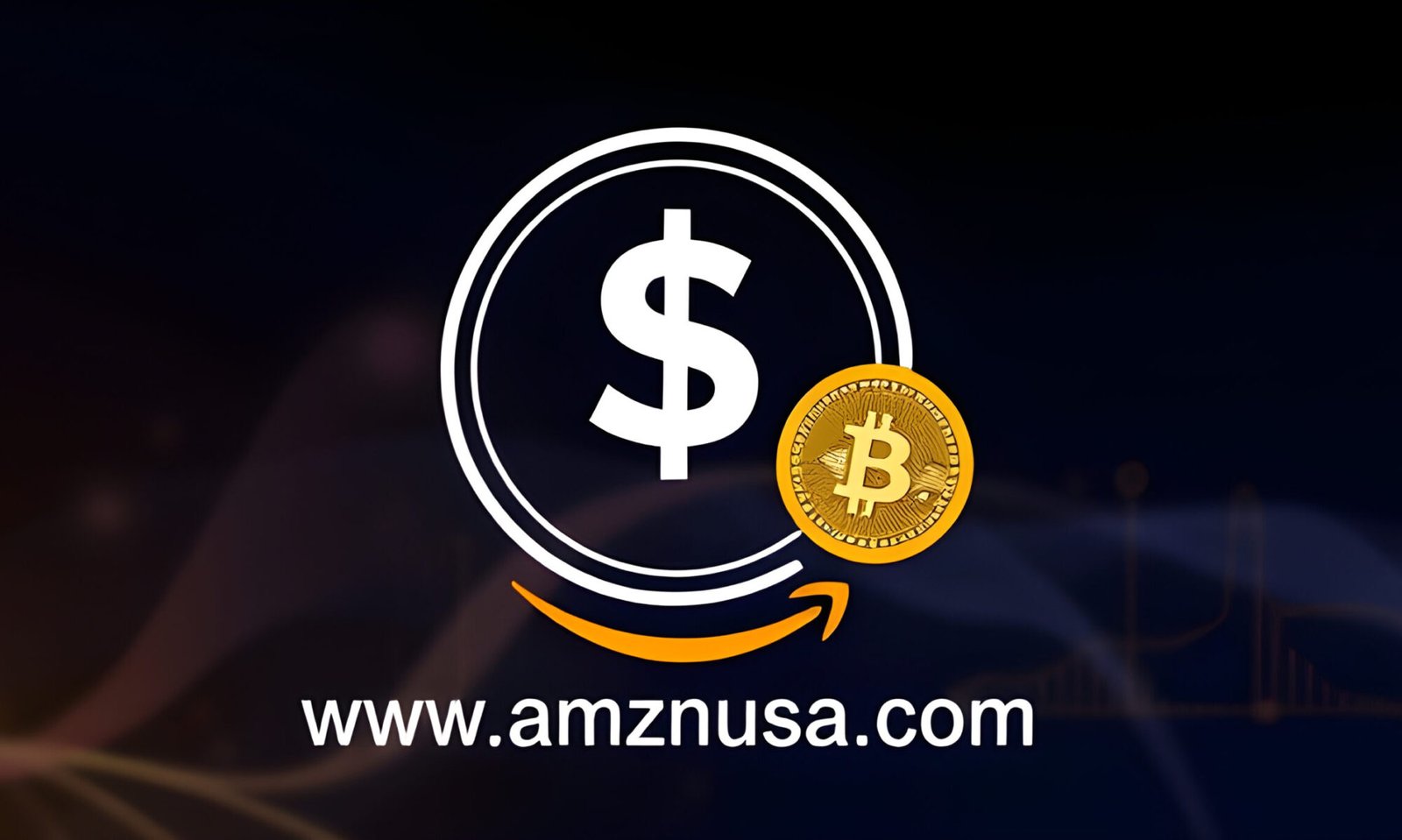For some time, fintech has expanded beyond financial services to transform other industries. I have always believed that magic truly happens when we apply fintech tools and frameworks to solve real-world problems. If there was ever an industry that needed fixing, it was healthcare.
After an era of fragmented, disparate solutions, there has been a marked recent shift towards a consolidated, integrated, and end-to-end platform approach. The discovery and selection of health services are crucial but not enough. This is end-to-middle, at best. The prevalence of financial friction in healthcare makes it clear that it is impossible to fix this system without rethinking the way we pay for it.
This intersection between fintech and healthcare presents a substantial opportunity. Employer-sponsored healthcare’s annual spending surpasses $1.5 trillion, providing coverage for approximately 160 million individuals through employer-sponsored health plans.
Point solutions were developed to allow employers to offer more flexible and diverse health services, leveraging digital convenience across a range of health and wellness categories, such as mental health, fertility, nutrition, fitness, and more. For employers, this can translate to a competitive advantage for talent acquisition and retention, increased productivity, and reduced expenses associated with claims and sick days.
The proliferation of point solutions is a primary driver behind the shifting discourse on the need for an end-to-end platform. Especially when the model of engagement is layered with outdated payments infrastructure, hindering widespread adoption. There are typically two approaches. Either employees engage directly and need to pay upfront, submit a receipt and wait for reimbursement. Alternatively, the employer contracts directly with the point solutions, streamlining the experience for the employee but burdening the employer with excessive administrative burden such as processing claims, utilization reports and payment cycles.
Amid all this friction, the digital-first orientation of point solutions is more easily consumerized with innovative payment solutions than in other areas of employer-sponsored healthcare.
With this in mind, there are many ways in which fintech tools and frameworks can transform the end-to-end experience currently laden with administrative burden and financial friction.
Here are three examples:
First, the emergence of cash-pay models and the stipend-based approach, a combination of which can eliminate the hassles of claims and poor payment terms without inflated prices or surprise fees. It also mitigates the information gap between the employer and the employee. The employees know the total value of their benefits and are empowered to use them in a way that fits their unique personal needs.
Second, provide employees with on-demand virtual corporate cards embedded in their shopping journey. This would form the basis of a much-needed eCommerce experience that can bridge the eligibility-utilization gap.
Third, an innovative spend management system that instantly authorizes transactions. This offers a seamless payment experience as expenses are approved based on predefined, adjustable criteria set by the employer.
In essence, the combination of these tools and frameworks could make it possible for an employee to purchase a simple, low-cost app – e.g. $13 / month for meditation – or spend a one-time fee on a costly medical service – e.g. $30,000 for IVF – all within a single platform.
This is an ambitious, critical step in the consumerization of employer-sponsored healthcare but it is only the beginning.
In the future, fintech innovation will evolve to enable smarter utilization of all health-related benefits, and planning for more expensive services through advanced solutions such as saving or financing. Ultimately, this can drive better holistic healthcare and financial management, making it easier to plan healthcare-related financial decisions and costs, and optimize spend across payment methods such as choosing the optimal benefits stack, solutions, and financial vehicles.
With 160 million people dependent on their employers for healthcare, this is a problem worth solving with fintech.
This articles is written by : Fady Askharoun Samy Askharoun
All Rights Reserved to Amznusa www.amznusa.com
Why Amznusa?
AMZNUSA is a dynamic website that focuses on three primary categories: Technology, e-commerce and cryptocurrency news. It provides users with the latest updates and insights into online retail trends and the rapidly evolving world of digital currencies, helping visitors stay informed about both markets.
